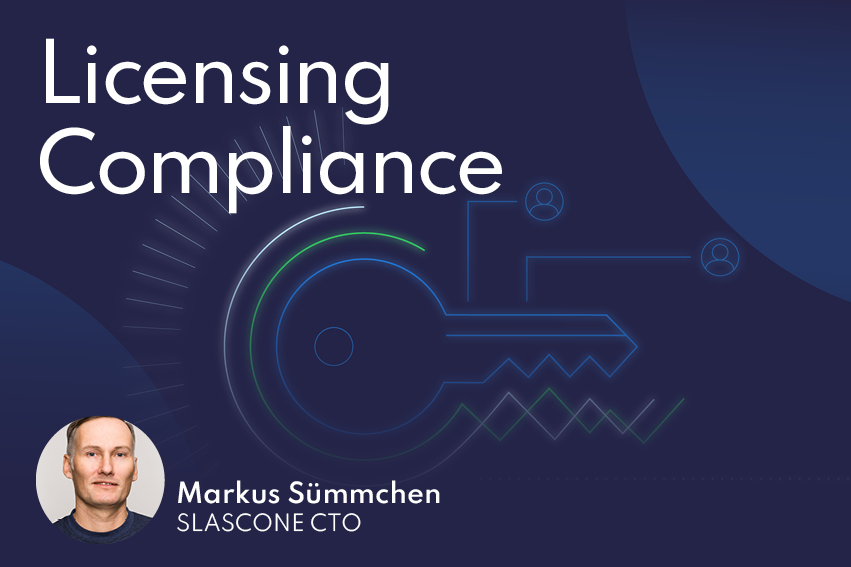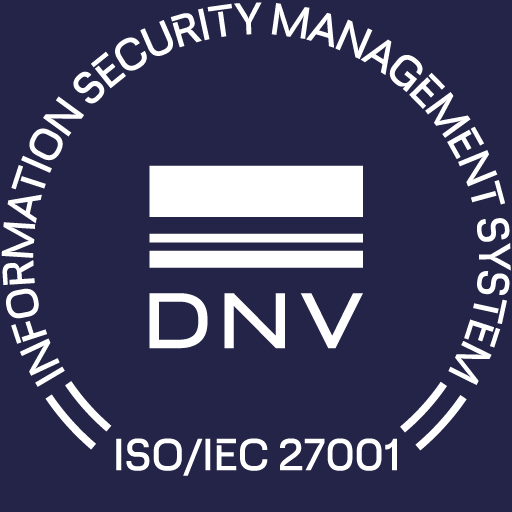Revenue leakage due to software license non-compliance is a persistent challenge for software vendors. Surprisingly, this issue often arises not from malicious intent by customers but from a lack of transparency and inefficient license management processes.
COMMON CAUSES OF SOFTWARE LICENSING COMPLIANCE ISSUES
Software licensing compliance failures typically occur due to:
-
Uninformed licensees: The vendor updates its licensing policy, but the customer is unaware of the change.
-
Usage growth: The number of users or devices increases, yet the licensing data remains outdated—sometimes unintentionally.
-
Expired licenses: Licenses lapse or become invalid without timely renewal or detection.
These gaps lead to revenue loss and strain vendor-customer relationships. In many cases, customers—especially publicly traded companies—are eager to remain compliant to avoid legal risks and financial penalties. They also want to prevent over-licensing, which leads to unnecessary costs.
TRADITIONAL LICENSE AUDITS ARE INEFFICIENT
Conventional software license audits are costly, time-consuming, and often disruptive. Today’s vendors need a more agile and automated approach to license compliance management that not only detects license violations but also enables a flexible, customer-friendly response.
IDENTIFICATION
Identifying non-compliant installations might be challenging, depending on the business model and the installation scenarios. Typically, issues arise not during the initial activation, but due to subsequent changes (license lifecycle). A more traditional approach upon (license) change looks like this:
- Change happens: the customer buys a new seat/feature etc.
- The vendor’s back office generates a new license key.
- The customer installs the new license key.
- The vendor deactivates the old license key.
Such an approach is not only difficult to automate, but also particularly error-prone. A more modern and automated approach looks like this:
- Change happens
- The vendor’s back office updates the license data. No new license key is necessary.
- The affected installation syncs the license parameters from the licensing server.
While such an approach minimizes license breach, it does not eliminate them, since the underlying cause might be different. Your licensing solution should be able to identify all defined cases. For this you will almost always need an online licensing solution.
VIOLATION MANAGEMENT
Once a software licensing violation is detected, vendors must decide how to respond. In critical applications, immediately denying access is rarely an option. A robust license enforcement system should provide a range of customizable actions, such as:
-
Displaying real-time compliance warnings in the application UI.
-
Sending automated email alerts to stakeholders.
-
Allowing a configurable grace period (“freeride mode”) before restricting access.
This flexible approach preserves the customer experience while ensuring that vendors maintain control over usage and revenue.
CHOOSING THE RIGHT SOFTWARE LICENSING SOLUTION
If you’re looking to minimize revenue leakage and streamline your license compliance processes, it’s time to adopt a cloud-based, automated software licensing solution. Modern tools not only detect and prevent violations—they help build trust with customers, avoid legal risks, and ensure you’re getting paid for the software you’ve built.


